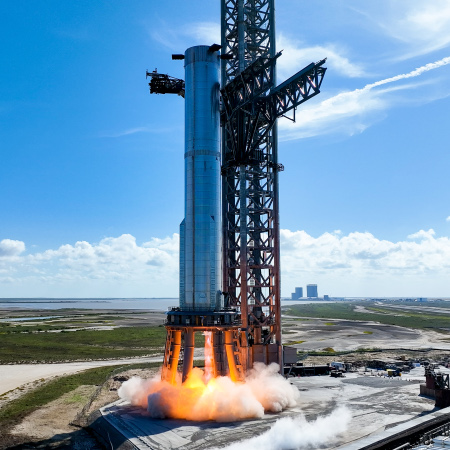NASA extends Boeing’s contract to produce more SLS rockets
NASA yesterday announced that it will pay Boeing $3.2 billion for two more SLS rockets.
NASA has finalized its contract with Boeing of Huntsville, Alabama, for approximately $3.2 billion to continue manufacturing core and upper stages for future Space Launch System (SLS) rockets for Artemis missions to the Moon and beyond.
Under the SLS Stages Production and Evolution Contract action, Boeing will produce SLS core stages for Artemis III and IV, procure critical and long-lead material for the core stages for Artemis V and VI, provide the exploration upper stages (EUS) for Artemis V and VI, as well as tooling and related support and engineering services.
All this really means is that NASA is going depend on SLS and Orion to fly its astronauts to and from the Moon, and because of that its pace of flight will be — at best — slow and long-drawn out. For example, this new order extends the contract out to 2028. It will thus leave plenty of time for SpaceX and other nations to get there first.
I predict that the private Starship missions paid for by Yusaku Maezawa and Jared Isaacman will both fly before these two new Artemis missions. You heard it here first.
NASA yesterday announced that it will pay Boeing $3.2 billion for two more SLS rockets.
NASA has finalized its contract with Boeing of Huntsville, Alabama, for approximately $3.2 billion to continue manufacturing core and upper stages for future Space Launch System (SLS) rockets for Artemis missions to the Moon and beyond.
Under the SLS Stages Production and Evolution Contract action, Boeing will produce SLS core stages for Artemis III and IV, procure critical and long-lead material for the core stages for Artemis V and VI, provide the exploration upper stages (EUS) for Artemis V and VI, as well as tooling and related support and engineering services.
All this really means is that NASA is going depend on SLS and Orion to fly its astronauts to and from the Moon, and because of that its pace of flight will be — at best — slow and long-drawn out. For example, this new order extends the contract out to 2028. It will thus leave plenty of time for SpaceX and other nations to get there first.
I predict that the private Starship missions paid for by Yusaku Maezawa and Jared Isaacman will both fly before these two new Artemis missions. You heard it here first.





